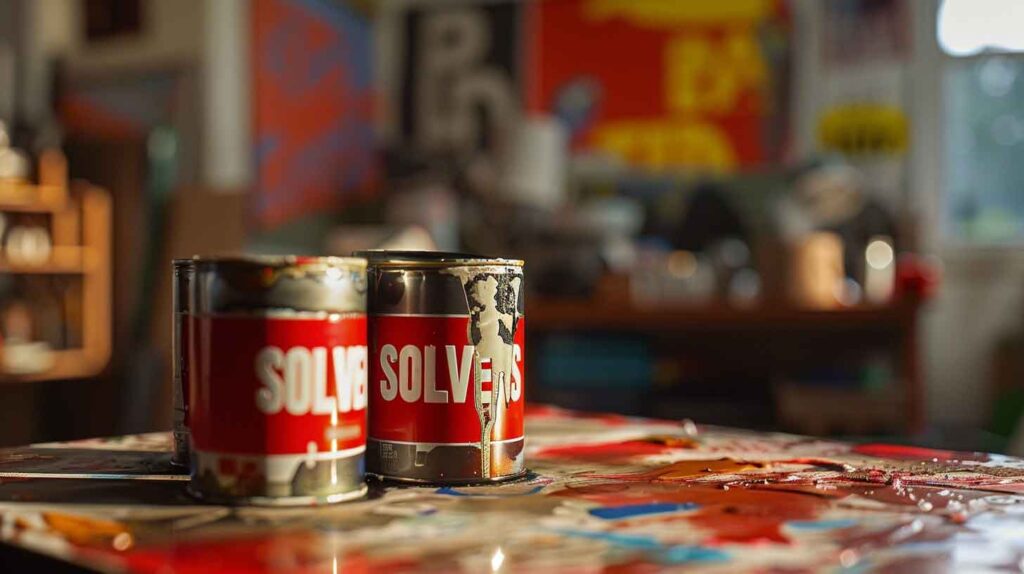
Artist Solvents Safety: Essential Practices for Studio Use
The use of various solvents plays a pivotal role in transforming and manipulating mediums, yet it brings forth a paramount concern for artist solvents safety. This article delves into the multifaceted nature of solvents employed by artists, examining their applications, inherent properties, and the precautions necessary to ensure a secure and health-conscious studio environment. By understanding the safety protocols and proper handling procedures associated with these potent substances, artists can safeguard their artistic process, preserve their well-being, and maintain compliance with environmental regulations. Read on to enhance your knowledge and practices about artist solvents safety, a critical aspect of artistry often overlooked in the pursuit of creative expression.
Artist Solvents Safety: Common Solvents Used by Artists
Solvents are liquid substances used to dissolve, dilute, or thin various materials in painting. They can be used to mix, clean, or thin paint, dissolve resins or other mediums, or clean up after painting. Solvents can also be used to create special effects, such as glazes or washes. This section explores the different types of solvents and their uses in painting, including traditional solvents, newer alternatives, and the hazards associated with their use.
Navigating Artist Solvents Safety: Common Types of Solvents
Mineral Spirits | White Spirits | Mineral Turpentine
Mineral spirits, also known as white spirits or mineral turpentine, are derived from petroleum. They are commonly used as solvents for oil-based paints, varnishes, and enamels, as well as to clean brushes and other tools used in painting.
Mineral spirits are categorized into five distinct classifications, reflecting their refinement levels and applications. Type I, the most common variant, is characterized by its light form and is extensively used for general cleaning purposes due to its effective degreasing properties. Type I is noted for having the highest aromatic content. The presence of these compounds contributes to their strong solvent properties but also increases the need for adequate ventilation due to the associated odors and potential health risks. The higher aromatic content in Type I mineral spirits makes it particularly effective in applications where a potent solvent is required, yet it underscores the importance of stringent safety measures in its handling and use.
Type II mineral spirits undergo additional refinement, resulting in a higher flash point and making them safer for use in environments where flammability is a concern.
Type III spirits, known for their even higher flash point, are suited for applications requiring a lower volatility solvent.
Type IV mineral spirits are distinguished by their low aromatic content, making them less odorous and more suitable for indoor use where ventilation may be limited.
Lastly, Type V mineral spirits represent the most refined category. They are virtually odorless, have minimal toxic aromatic compounds, and are designed for applications that demand the highest safety and environmental standards.
Mineral spirits are effective at thinning or cleaning synthetic oil painting mediums, such as alkyd resin. However, not all alkyd formulations are equally soluble in every type of mineral spirit. Some alkyd formulations require a type with an aromatic content, such as Type I mineral spirits with higher aromatic content.
The primary concern with mineral spirits is its classification as an irritant following short-term exposure, whether through skin contact or inhalation. The more significant risk arises from prolonged exposure, particularly in poorly ventilated spaces, which may precipitate chronic adverse effects on the central nervous system. Sustained skin exposure can also lead to severe irritation.
Mineral spirits emit a distinct, kerosene-like smell, prompting the development of low-odor variants by chemical manufacturers. These variants contain reduced quantities of highly volatile shorter hydrocarbons. Further refined to extract the more toxic aromatic compounds, odorless mineral spirits are advocated for activities like oil painting that necessitate close human contact with the solvent. Low-odor solvents and odorless mineral spirits (OMS), like Gamsol and Shellsol T, exhibit slow evaporation rates. This characteristic renders them less dangerous in studio environments. Nonetheless, some artists consider the sluggish evaporation rate detrimental during painting. It’s noteworthy that low-odor solvents share limitations with citrus solvents in specific applications—for instance, neither is suitable for preparing or diluting most varnishes.
Turpentine
Turpentine is a natural solvent derived from the resin of certain pine trees. It is used as a solvent for oil-based paints and varnishes and to create special effects, such as glazes or washes. Turpentine has a more pungent smell and is more flammable than mineral spirits.
Acetone
Acetone is a solvent commonly used in nail polish remover and paint thinner. It is a strong, fast-drying solvent that can thin and remove oil-based paints, varnishes, and adhesives. Acetone is also used in the production of certain plastics and synthetic fibers.
Alcohols
Alcohols, such as ethanol and isopropyl alcohol, are used as solvents for water-based paints and inks. They are also commonly used to clean surfaces before painting and to remove dirt and grime from brushes and other tools.
Glycol Ethers
Glycol ethers, such as propylene glycol methyl ether (PM) and diethylene glycol methyl ether (DM), are commonly used as solvents in water-based paints and inks. They are also used in cleaning products and as solvents for resins and other mediums.
Citrus Solvents
Citrus solvents, such as orange or lemon oil, are derived from the peels of citrus fruits. They are commonly used as a natural alternative to traditional solvents to clean surfaces and remove dirt and grime from brushes and other tools. The main ingredient in citrus points is d-limonene, which has the same health warnings as turpentine if used at full strength.
Optimizing Artist Solvents Safety in Oil Painting
Mixing and Thinning Paint
Solvents are commonly used to mix and thin paint, allowing it to be applied more easily and evenly. They can also create special effects, such as glazes or washes.
Cleaning Surfaces and Tools
Solvents are used to clean surfaces before painting, remove dirt and grime from brushes and other tools, remove paint from surfaces, and clean up after painting.
Dissolving Resins and Other Mediums
Solvents dissolve resins and other mediums, which can be added to paint to create special effects or to improve its properties.
Special Effects
Solvents can also be used to create special effects, such as glazes or washes. They can also be used to remove paint from surfaces or to clean up after painting.
Solvents are an important tool for artists, allowing them to mix, clean, and thin paint, as well as create special effects. However, artists need to understand the different types of solvents, their uses, and the hazards associated with their use. By following safety precautions and properly storing and disposing of solvents, artists can minimize the risks and continue to enjoy the benefits of working with these versatile materials.
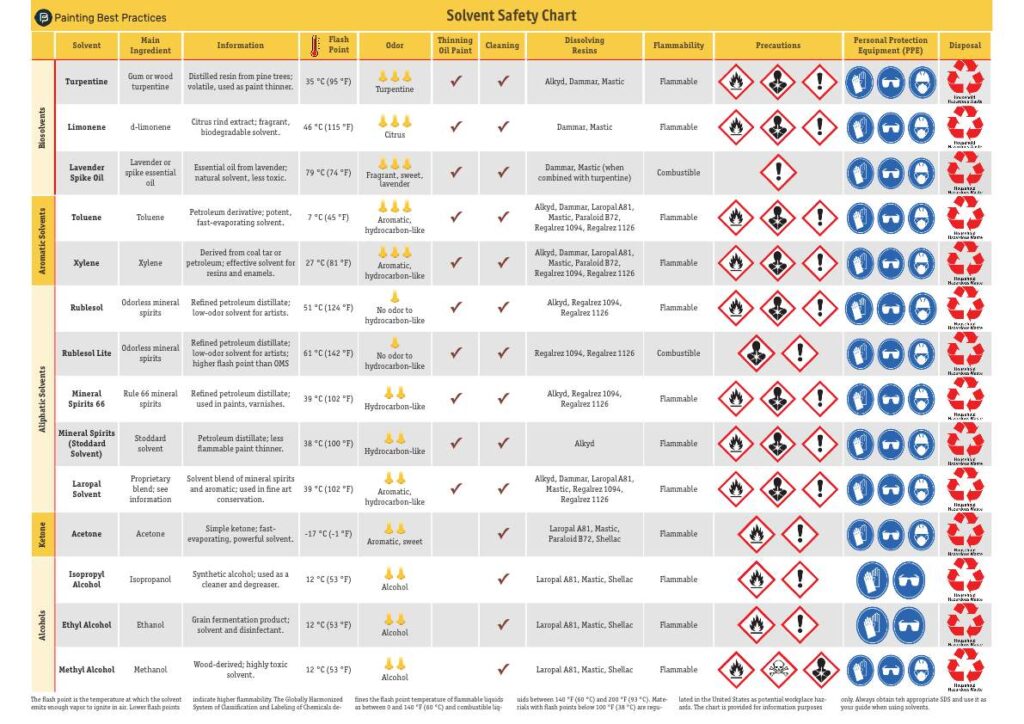
Understanding Artist Solvents Safety and Flash Points
Understanding the flash point of a solvent is crucial for artists because it indicates the temperature at which the solvent emits enough vapor to ignite in the air. This property is fundamental in assessing the fire risk associated with using solvents in artistic processes. Solvents with a low flash point pose a higher risk of igniting, leading to fires if used or stored near ignition sources such as sparks, open flames, or hot surfaces.
From a safety perspective, artists must be aware of the flammability of the solvents they use to take appropriate precautions. This includes ensuring adequate ventilation to prevent the buildup of flammable vapors, using flame arrestors on containers to prevent ignition from a flame entering the container, and storing solvents in fire-resistant cabinets away from sources of heat or flame.
Moreover, the classification of solvents into flammable or combustible categories based on their flash points also influences regulatory requirements. These requirements can dictate specific handling, storage, and disposal practices. For example, solvents with extremely low flash points require more stringent safety measures compared to those with higher flash points. Adherence to these regulations promotes safety and helps maintain compliance with legal standards, thus avoiding potential fines and liabilities.
In addition, understanding the flash point can guide artists in selecting appropriate solvents for different techniques and materials, which can impact both the quality of the artwork and the artist’s health. Solvents that are less volatile and have higher flash points might be preferable in scenarios where prolonged exposure could occur, as they generally present lower health and safety risks.
Odors from Artists’ Solvents
The odor of solvents that artists use or that are found in their materials varies greatly. The response to solvent vapors is also greatly different. Some may find the scent of spike or lavender oil pleasantly sweet, while others find it extremely pungent. Odors are highly subjective; some artists can detect an odor from odorless mineral spirits, while others cannot. In the Solvent Safety Chart, we list the types of odor and their relative strength with a drawing of a nose. One nose depicts solvents with little to no odor. Two noses for solvents with a stronger odor and three very powerful odors. Of course, this simple rating is subjective as there is no practical standard for rating the odors of solvents.
Navigating Artist Solvents Safety: Understanding Flammability in Art Studios
For artists, the safe use of solvents in a studio setting is crucial, and understanding the distinctions between flammable, combustible, and non-flammable solvents is foundational to maintaining a secure working environment. Flammability is primarily determined by a solvent’s flash point, which is the lowest temperature at which the solvent emits enough vapor to ignite in air.
Flammable solvents have a flash point of less than 100 °F (38 °C). These solvents can vaporize at relatively low temperatures, forming ignitable mixtures with air even under normal studio conditions. They represent a higher fire risk and are regulated as potential workplace hazards in the United States, necessitating strict handling and storage measures to prevent accidents.
Combustible solvents have flash points between 100 °F (38 °C) and 200 °F (93 °C). While less volatile than flammable solvents, they can still pose fire risks when studio temperatures approach or exceed these flash points, particularly during processes that generate heat.
Non-flammable solvents, although not entirely devoid of fire risk, have flash points significantly above 200 °F (93 °C), making them less likely to contribute to fire hazards under normal studio operations. Their use is generally considered safer regarding fire safety, but they may still require precautions for health risks associated with exposure.
The Globally Harmonized System of Classification and Labeling of Chemicals (GHS) clearly delineates these categories, helping artists make informed decisions about their solvents. By understanding these distinctions, artists can select solvents that enhance safety in their studios, adopt proper safety measures, and comply with regulations to minimize risks of fire and health hazards. This knowledge helps maintain personal safety and studio integrity and supports the sustainability of artistic practices through informed and responsible management of materials.
Artist Solvents Safety: Health Warnings and Precautions
The following are the Globally Harmonized System (GHS) of Classification and Labeling of Chemicals (GHS) for the common artists solvents listed in the Artist Solvents Safety chart:
- Turpentine: Flammable (Flame), Respiratory Sensitizer (Lungs), Health Hazard (Exclamation mark)
- Limonene: Flammable (Flame), Respiratory Sensitizer (Lungs), Health Hazard (Exclamation mark)
- Lavender Spike Oil: Health Hazard (Exclamation mark)—potential skin irritation/allergy
- Toluene: Flammable (Flame), Respiratory Sensitizer (Lungs), Health Hazard (Exclamation mark)
- Xylene: Flammable (Flame), Respiratory Sensitizer (Lungs), Health Hazard (Exclamation mark)
- Rublesol (Odorless Mineral Spirits): Flammable (Flame), Respiratory Sensitizer (Lungs), Health Hazard (Exclamation mark)
- Rublesol Lite: Respiratory Sensitizer (Lungs), Health Hazard (Exclamation mark)
- Mineral Spirits 66: Flammable (Flame), Respiratory Sensitizer (Lungs), Health Hazard (Exclamation mark)
- Mineral Spirits (Stoddard Solvent): Flammable (Flame), Respiratory Sensitizer (Lungs), Health hazard (Exclamation mark)
- Laropal Solvent (Proprietary Blend): Flammable (Flame), Respiratory Sensitizer (Lungs), Health Hazard (Exclamation mark)
- Acetone: Highly flammable (Flame), Health Hazard (Exclamation mark)
- Isopropyl Alcohol: Flammable (Flame), Health Hazard (Exclamation mark)
- Ethyl Alcohol: Flammable (Flame), Health Hazard (Exclamation mark)
- Methyl Alcohol: Flammable (Flame), Acute Toxicity (Skull and crossbones), Respiratory Sensitizer (Lungs), Health Hazard (Exclamation mark)
Decoding GHS Symbols: A Guide for Artists Using Solvents
The Globally Harmonized System of Classification and Labeling of Chemicals (GHS) uses specific symbols to indicate the hazards associated with chemical products, including solvents used by artists. These symbols are designed to provide clear, quickly understood warnings of the risks posed by chemicals, helping to ensure safe handling, storage, and use. Below is an explanation of the most relevant GHS symbols for artists:
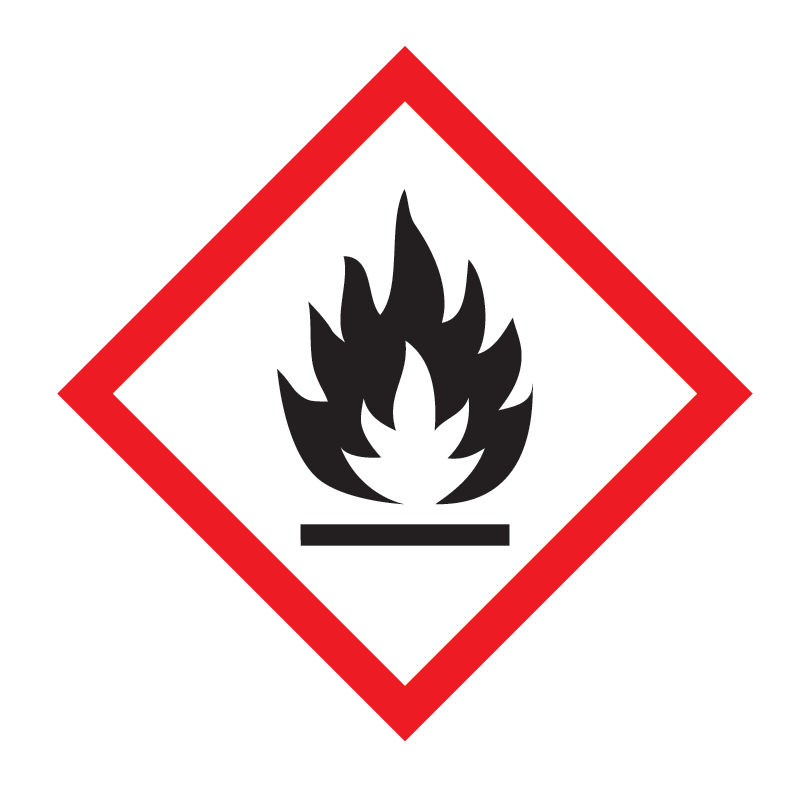
Flammable (Flame): This symbol depicts a flame and is used to identify substances that can easily ignite. Solvents with this symbol have a low flash point and can form ignitable vapors with air, even at relatively low temperatures. Artists must use these solvents away from ignition sources and ensure good ventilation in their studios.
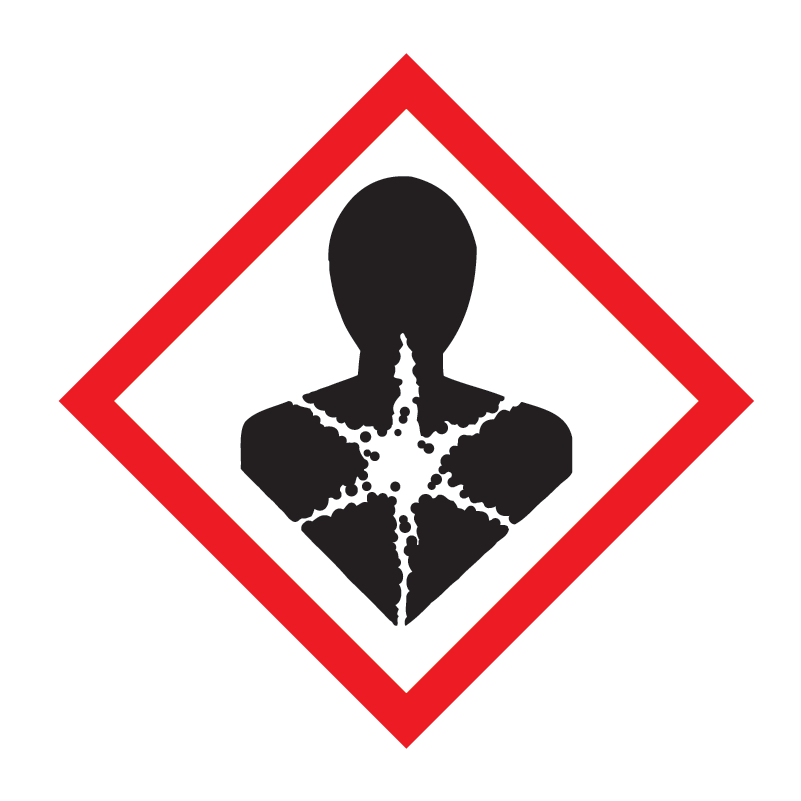
Respiratory Sensitizer (Lungs): Illustrated by the outline of a human torso with a starburst pattern where the lungs are located, this symbol alerts users to chemicals that can cause or exacerbate respiratory issues. It emphasizes the need for proper ventilation and the use of protective equipment when handling these materials. This symbol warns that the chemical can cause breathing problems, such as asthma or other lung conditions, especially after prolonged or repeated exposure. It underscores the importance of using adequate respiratory protection and ensuring sufficient airflow when using these substances.
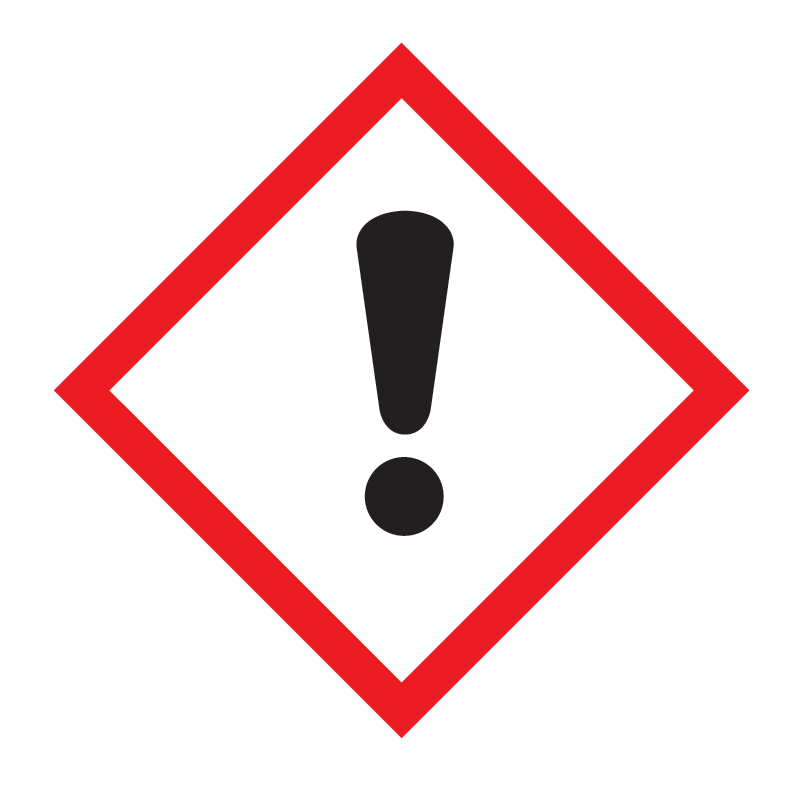
Health Hazard (Exclamation mark): This symbol indicates that the solvent can cause less severe health effects than those warranted by other symbols. These effects might include skin irritation, eye irritation, or allergic reactions. Artists are advised to wear protective gloves, goggles, and perhaps protective clothing depending on the solvent’s specific risks.
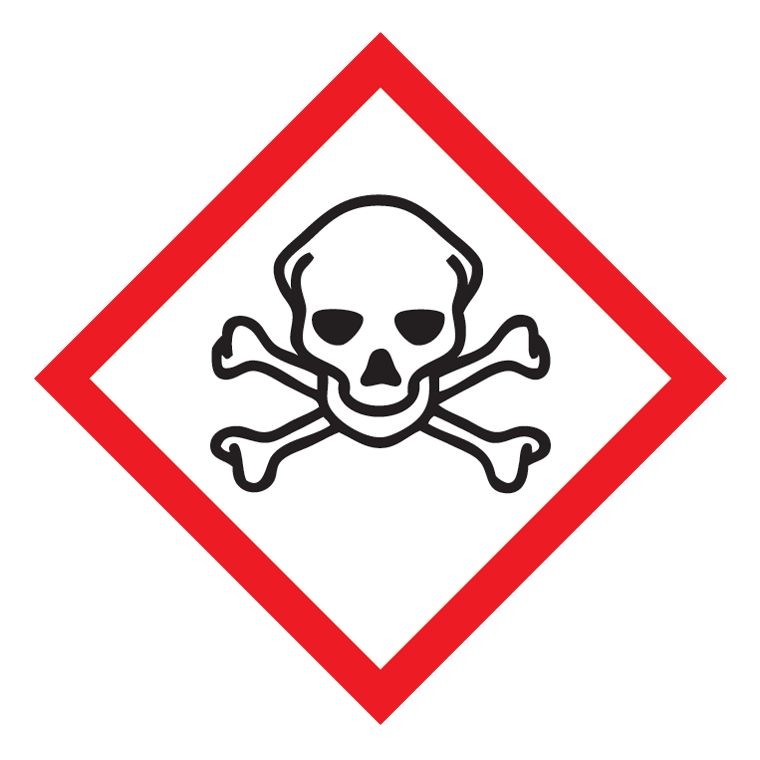
Acute Toxicity (Skull and crossbones): This symbol signifies that exposure to very small amounts of the chemical can cause severe health effects or death. Solvents bearing this symbol are extremely hazardous and should be handled with extreme care. Appropriate measures, such as using closed systems for handling, using personal protective equipment, and following strict disposal guidelines, are crucial.
Artists must be familiar with these symbols to take appropriate safety measures and protect their health while working with solvents. Understanding these symbols helps create a safer studio environment and ensures the creative process does not pose undue health risks.
Artist Solvents Safety: Proper Disposal Practices
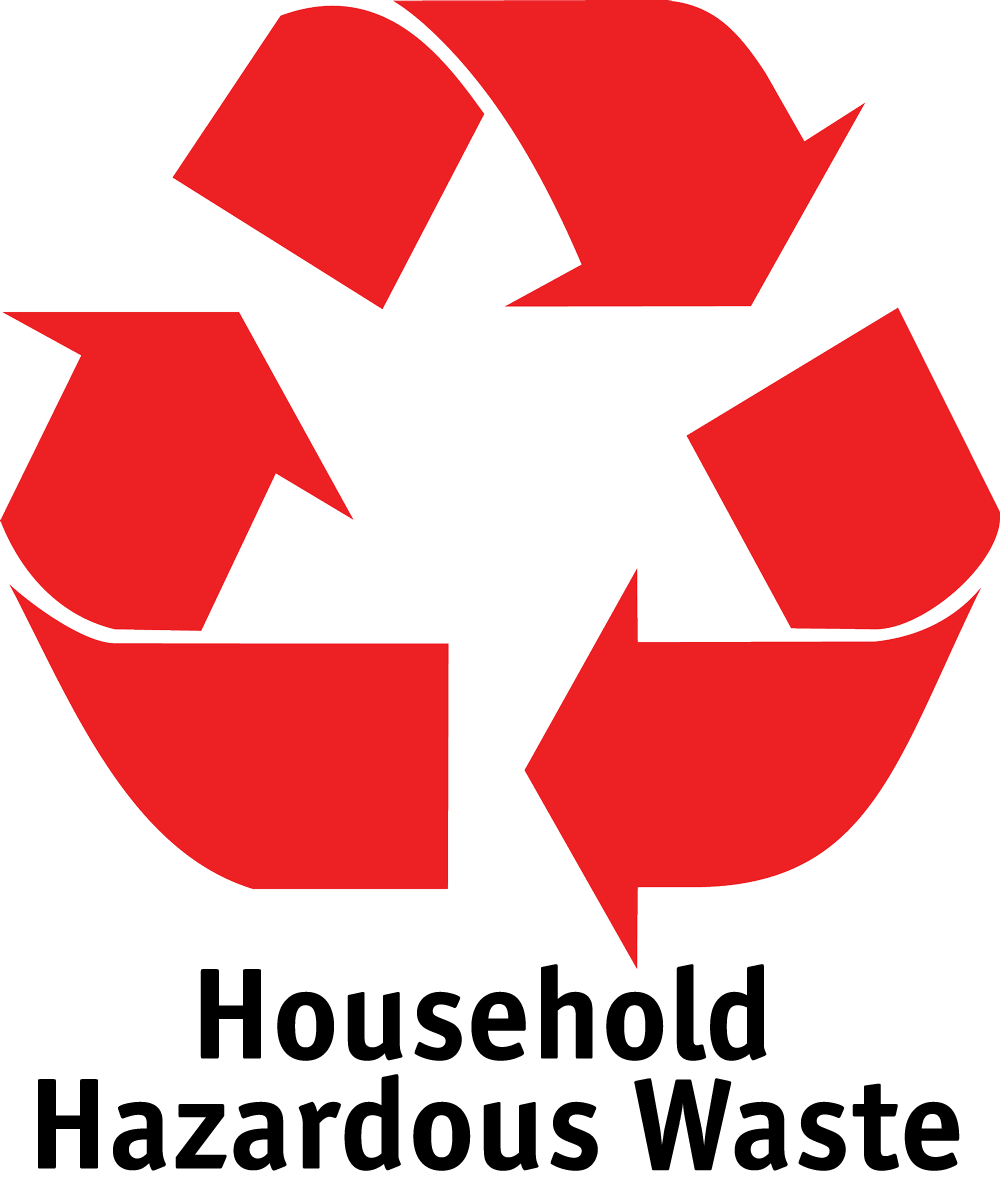
Artists must conscientiously dispose of solvents and solvent waste, adhering to environmentally sound protocols established in the U.S., the European Union, and many other regions globally. As outlined by the Department of Toxic Substances Control (DTSC), solvents fall under the category of household hazardous waste (HHW), which should not be disposed of in regular trash due to their potential to harm the environment and human health.
The correct disposal procedure involves segregating solvent waste from general refuse and depositing it at designated HHW facilities or collection events. These specialized venues ensure that hazardous materials are treated, recycled, or disposed of to mitigate their ecological impact. In addition, these facilities often recover materials that can be reused, reducing the need for virgin resources and contributing to a circular economy.
Similar programs exist in the European Union and various countries worldwide, reflecting a unified commitment to proper HHW management. These programs encourage the return of waste to approved disposal sites, where it can be processed according to stringent environmental regulations.
Artists should familiarize themselves with local disposal guidelines and participate in available waste collection initiatives. Additionally, they are urged to minimize waste generation by selecting less hazardous alternatives and appropriately quantifying solvent use to prevent excess.
Through responsible disposal practices, artists play a pivotal role in safeguarding the environment, public health, and the sustainability of their craft.
Frequently Asked Questions
Is Gamsol (odorless mineral spirits) bad to breathe in?
Exposure to Gamsol and other odorless mineral spirits should be minimized. Although Gamsol is a type of mineral spirit refined to reduce harmful aromatic solvents, inhalation can still pose health risks, especially in poorly ventilated areas. Long-term exposure can affect the central nervous system and may lead to respiratory tract irritation.
What is the safest solvent for oil painting?
The safest solvent for oil painting is one that is low in aromatic hydrocarbons and has a high flash point. Products marketed as “odorless” mineral spirits, such as Rublesol and Rublesol Lite, are refined to remove more toxic components and are generally considered safer alternatives to traditional turpentine.
Is Gamsol safer than Turpenoid?
Gamsol and Turpenoid are both tradenames for odorless mineral spirits. However, safety can vary based on the specific formulation and individual sensitivity. For detailed health and safety information, refer to the product’s Safety Data Sheet (SDS).
Are artist oil paints hazardous waste?
Artist oil paints can be considered hazardous waste when they contain heavy metals or other toxic substances. They should not be disposed of in regular trash or down drains. Instead, they must be taken to a designated hazardous waste facility for proper disposal.
How toxic is oil paint solvent?
The toxicity of oil paint solvents can vary. Solvents like turpentine and xylene are highly toxic and can have harmful effects if inhaled, ingested, or come into contact with the skin. Low-odor or odorless mineral spirits are less toxic but still require careful handling.
For more information and to purchase these solvents, please visit Natural Pigments



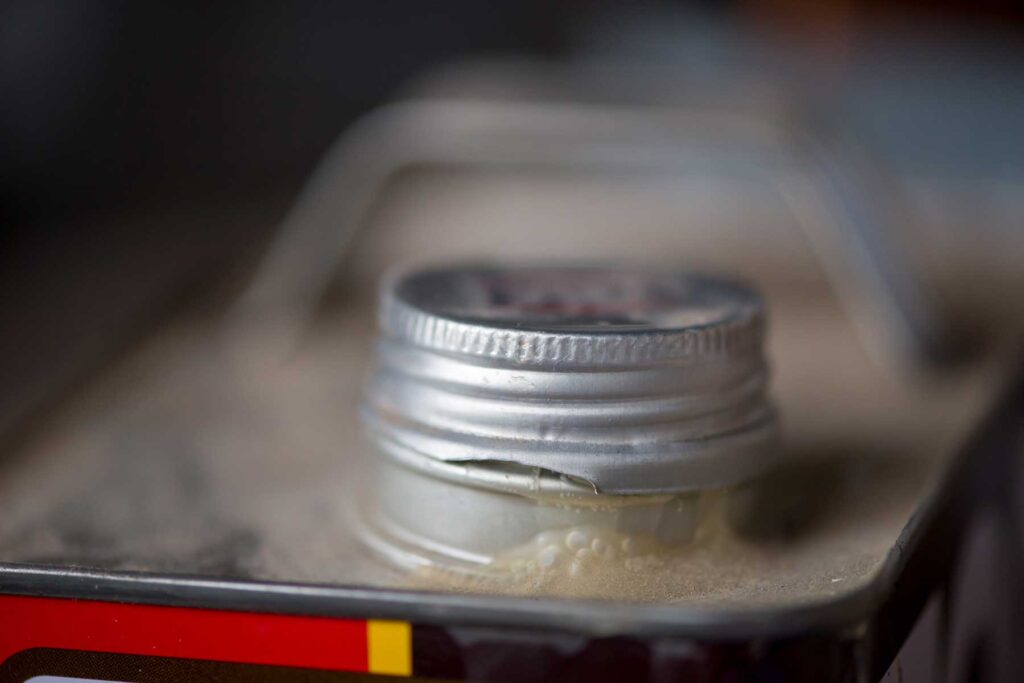



Thank you, this is wonderful information.
A question about oil paint disposal; I mark an effort to use paints without metals and solvents. I toss my paint residuals in the normal trash. Is that’s ok with the paints I use. I mainly use Michael Harding brand and only pigments with a safety rating ‘A’ from artiscreation.com